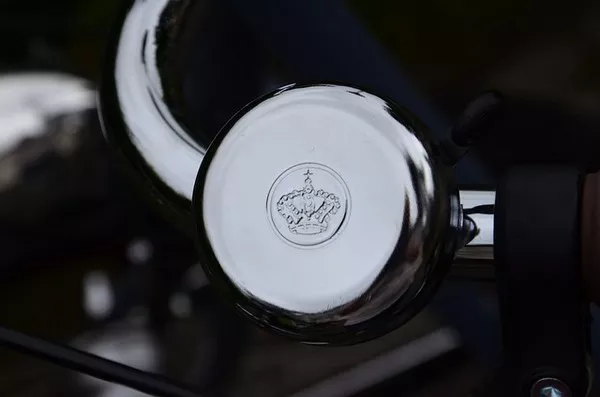Silver, one of the oldest known precious metals, has been coveted throughout history for its beauty, rarity, and diverse applications. Whether you are an investor, collector, or industry professional, understanding how silver is measured and sold is crucial. This article aims to shed light on the intricacies of silver measurement and sales processes, exploring the various forms, weights, and market dynamics that define this precious metal.
Forms of Silver:
Silver is available in various forms, each tailored to meet specific preferences, applications, and market demands. The primary forms of silver include:
1. Bullion:
Bullion refers to silver in its purest form, typically measured in troy ounces. Troy ounces are a standard measurement for precious metals and are slightly heavier than the more common avoirdupois ounces. Bullion can be in the form of coins, bars, or rounds. These are valued for their silver content and are often used as an investment or store of value.
2. Coins:
Silver coins are a popular choice among investors and collectors alike. These coins are minted by government authorities and are assigned a face value, though the market value is predominantly determined by their silver content. Examples include the American Silver Eagle, Canadian Silver Maple Leaf, and the Chinese Silver Panda.
3. Bars:
Silver bars, also known as silver ingots, are rectangular or square-shaped pieces of bullion. They are produced by private mints and government mints, with varying weights ranging from a few grams to 1,000 ounces or more. Silver bars are highly sought after for investment purposes due to their lower premiums compared to coins.
4. Rounds:
Silver rounds are similar to coins in appearance but are not legal tender. These privately minted pieces are often chosen for their artistic designs and are favored by those who appreciate the craftsmanship of silver without the added premium associated with legal tender coins.
Measurement Units:
The measurement of silver is standardized to ensure consistency in trading and valuation. The key measurement units for silver include:
Troy Ounce: The troy ounce is the standard unit for measuring precious metals, including silver. One troy ounce is equivalent to approximately 31.1035 grams, slightly heavier than the avoirdupois ounce used in everyday transactions. When buying or selling silver, prices are quoted per troy ounce, providing a universal metric for market participants.
Gram: While the troy ounce is the primary unit, silver is often priced and traded in grams as well. This metric is commonly used in regions where the metric system prevails, providing a convenient alternative for buyers and sellers.
Kilogram: In industrial applications or bulk transactions, silver is sometimes traded in kilograms. One kilogram is equal to approximately 32.1507 troy ounces. This unit is particularly relevant in sectors that require larger quantities of silver, such as manufacturing and electronics.
Market Dynamics:
The sale of silver involves a dynamic interplay of various factors that influence prices, availability, and investor sentiment. Understanding these dynamics is crucial for anyone looking to engage in the silver market.
Spot Price: The spot price of silver represents the current market value of one troy ounce of silver. It is determined by supply and demand factors, geopolitical events, economic indicators, and market speculation. The spot price serves as the baseline for pricing silver products in the market.
Premiums: When purchasing physical silver, buyers typically pay a premium above the spot price. This premium accounts for production costs, minting expenses, and the profit margin of the seller. Premiums can vary depending on the form of silver (coins, bars, or rounds) and the specific product’s rarity or collectible value.
Numismatic Value: Some silver products, especially coins, may carry numismatic value in addition to their intrinsic metal value. Numismatic value is influenced by factors such as rarity, historical significance, and condition. Collectors often pay premiums for coins with unique designs, limited mintages, or ties to significant events.
Market Trends: The silver market is influenced by global economic trends, inflation rates, and geopolitical events. Investors often turn to silver as a safe-haven asset during times of economic uncertainty. Industrial demand for silver in sectors such as electronics and green technologies also plays a role in shaping market trends.
See Also Why Silver Is Undervalued in Today’s Market
Conclusion:
In conclusion, the measurement and sale of silver involve a careful consideration of various forms, measurement units, and market dynamics. Whether you are a seasoned investor, a collector, or an industry professional, a nuanced understanding of these aspects is essential for making informed decisions in the silver market. As a timeless and versatile precious metal, silver continues to captivate individuals and industries alike, offering both aesthetic appeal and enduring value.


